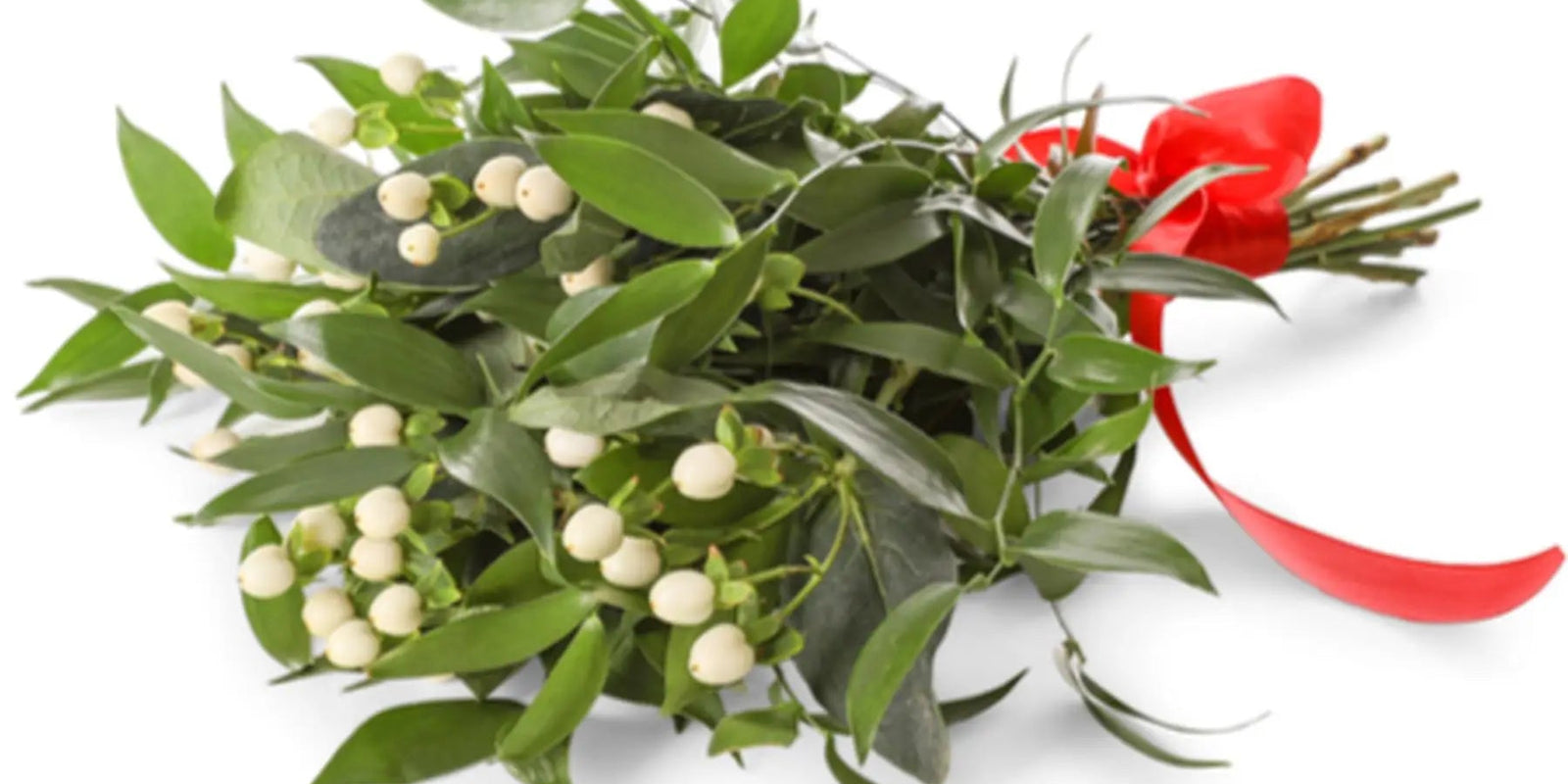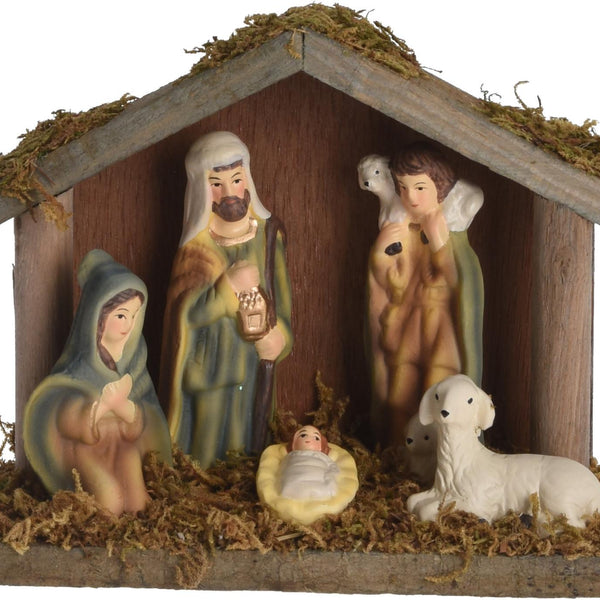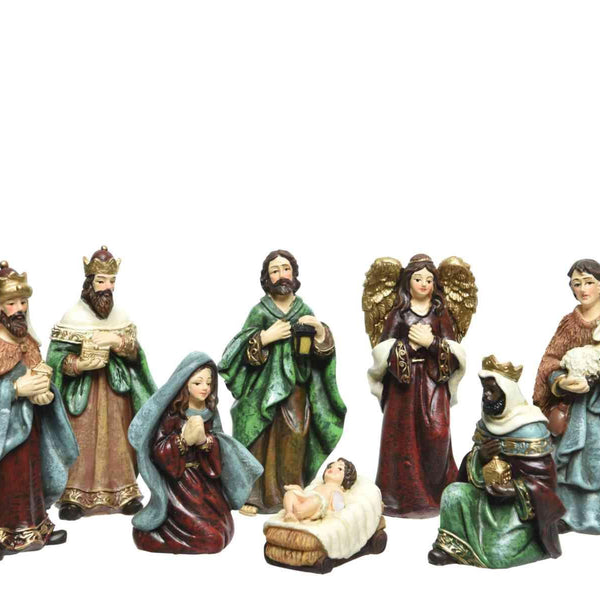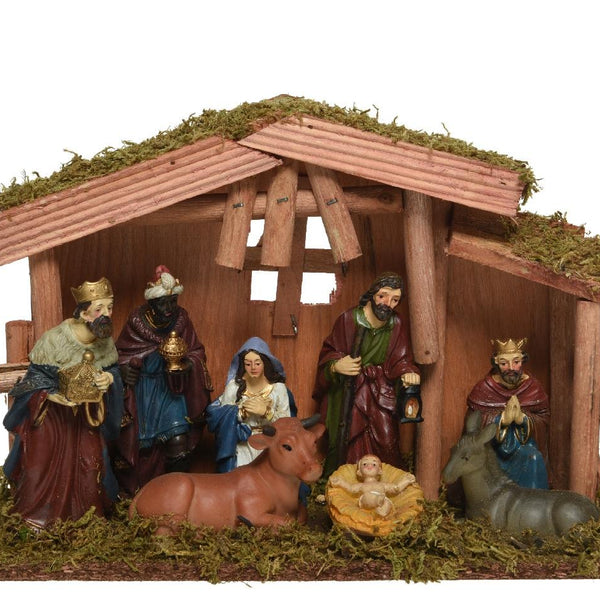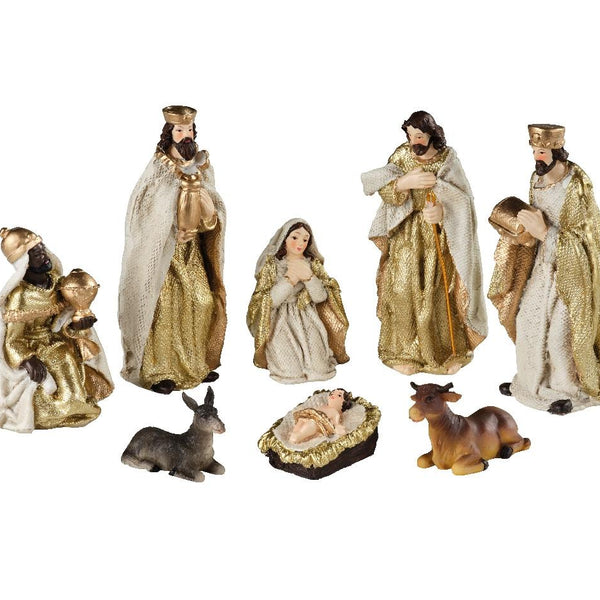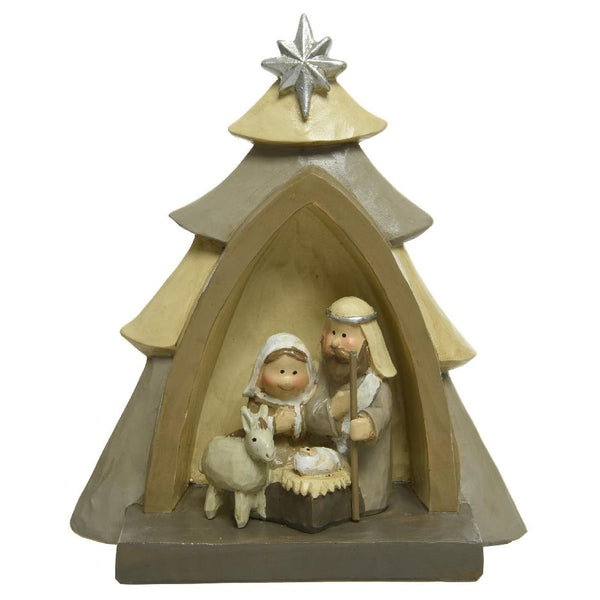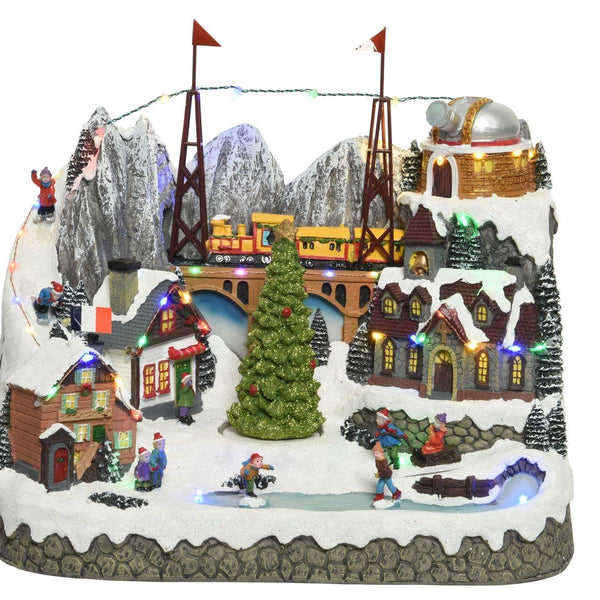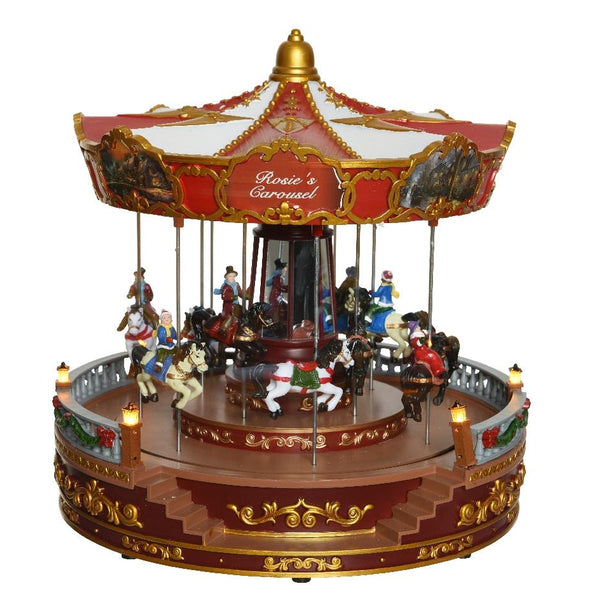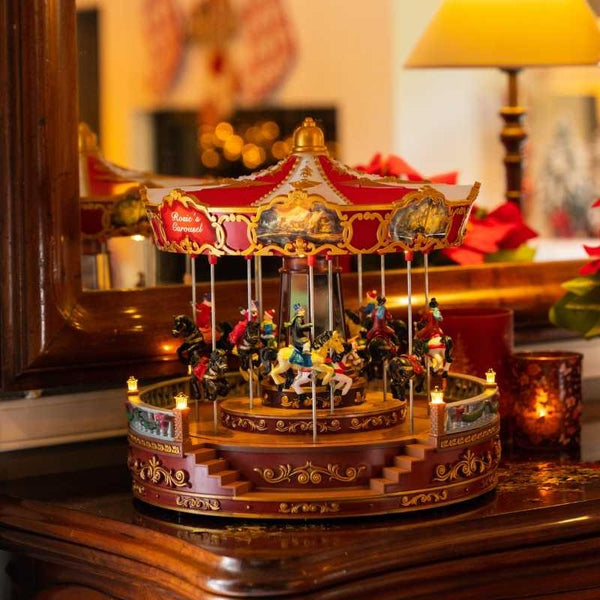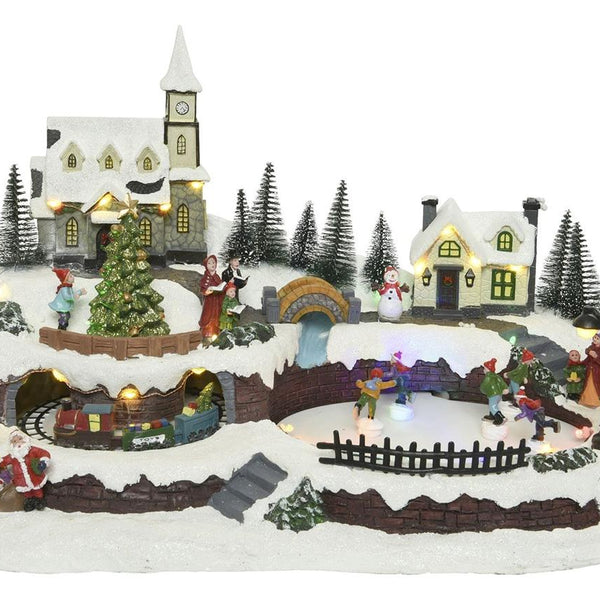Mistletoe is a plant that is commonly found in many homes near the Christmas tree . It is a symbol of romance. Our guide, you will know everything about this plant that has become a Christmas tradition. Its origin, its history, its cultivation and its method of decoration at Christmas .
Where does Christmas mistletoe grow?
Christmas mistletoe grows in the branches of trees - such as linden, poplar, hawthorn and, especially, the cultivated apple tree. It never grows in the ground and is semi-parasitic. Like many plants, it produces its own food using photosynthesis, but it also extracts minerals and water from a host tree. Christmas mistletoe is usually spread by birds through their droppings which stick to the tree and the mistletoe berries consumed by the bird begin to grow.
Where does the tradition of mistletoe at Christmas come from?
The tradition of hanging mistletoe stems dates back to the ancient Druids who believed the plant brought good luck and protected against evil spirits. In Norse mythology, Christmas mistletoe symbolised love, hence the origin of the custom of kissing under the mistletoe. The ancient Greeks used mistletoe medicinally to relieve pain and treat conditions such as ulcers.
There are up to 1,500 species of mistletoe in the world. For many of us, the best known is the European mistletoe (Viscum album) which is often used to decorate our homes at Christmas.
Why do people kiss under the mistletoe?
Pre-Christian cultures regarded the berries and branches of the mistletoe plant as symbols of male fertility. Mistletoe played an important role in the Druidic oak and mistletoe fertility ceremony, and the Romans associated mistletoe with peace, love, and understanding, and hung it over doorways to protect the home. Mistletoe continued to be associated with fertility and vitality throughout the Middle Ages, and by the 18th century it had been incorporated as a decoration into Christmas celebrations.
The custom of kissing under the mistletoe is attributed to Victorian servants in England in the late 18th century. The tradition held that a man was allowed to kiss any woman standing under the mistletoe, and that bad luck would befall any woman who refused the kiss. A variation of the tradition held that for each kiss, a berry had to be plucked from the mistletoe, and that the kissing should stop after all the berries had been removed.
Is mistletoe poisonous?
Christmas mistletoe won't kill you, but it does contain a toxic protein called phoratoxin that, if consumed, can cause drowsiness, blurred vision, diarrhea, vomiting, and seizures. It is also toxic to animals, so make sure your pets don't eat it. Despite this, mistletoe is a good food source for wildlife, with birds eating the berries and bees, butterflies, and other insects consuming the nectar.
Can you grow your own Christmas mistletoe?
You can safely grow your own mistletoe, as long as you think carefully about where you plant it and how it may impact other plants. Mistletoe takes nutrients from trees and the growth of mistletoe reduces branch development. Older, larger trees are able to cope with mistletoe, but smaller, younger trees may struggle, which could reduce your fruit harvest or cause water stress. So
What are the steps for growing Christmas mistletoe?
Growing your tree: Not all tree species can be grown with mistletoe. Common tree species that are suitable include hawthorn, blackthorn, rowan, most apple varieties, willows, plum, lime and poplar. Try to choose an older tree to have a better chance of success.
Sow your mistletoe seeds: Using a fresh berry picked from the mistletoe, “sow” your seed in a nook or cranny of the tree you want it to grow on. It’s best to choose a thicker branch that gets plenty of sunlight. Peel back the bark and push the seed underneath.
Caring for mistletoe: No care is required. If the seeds germinate, the plants will grow on their own. Mistletoe grows very slowly for the first 3-4 years, by which time it should have produced a few small leaves - so be patient. If the mistletoe grows too thick, you can thin some of it out to prevent it from getting too big and taking over the tree. Also, as it gets bigger, it becomes heavier and may break the branch.
How to make Christmas decorations with mistletoe?
Christmas mistletoe can be cut from its host tree. Remove the roots by cutting the infested mistletoe branch at least 6 inches below where the mistletoe is attached. Wear gloves while harvesting or wash your hands immediately afterward to remove toxins from the berries. AND refrigerate freshly cut mistletoe sprigs to keep them fresh until you are ready to use them.
Use thin florist wire to wrap the ends of the mistletoe sprigs. Then add ribbons for color and your mistletoe is ready to hang for your holiday decor. Do not hang mistletoe sprigs directly over a heater, stove, fireplace, or other heat source as this will cause the mistletoe to dry out much faster, creating a fire hazard. And finally, mist the mistletoe sprigs with water daily to keep them fresh.
